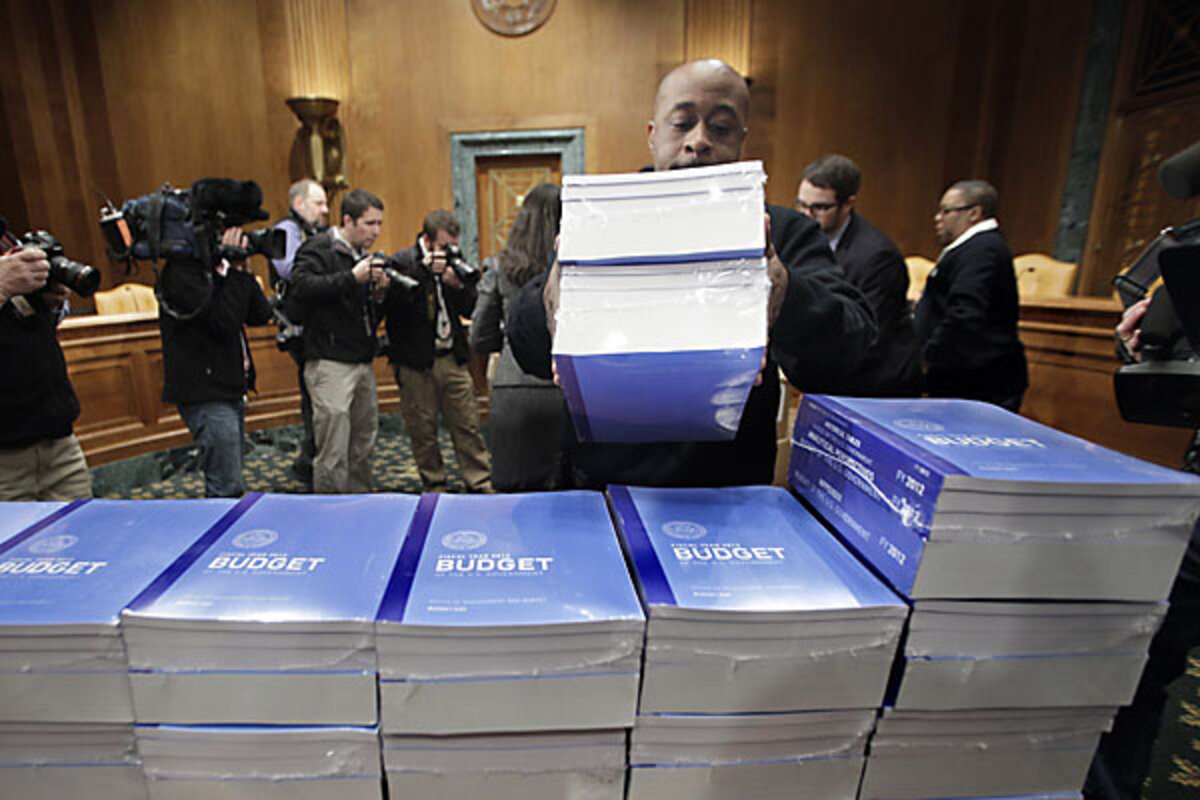Remember the 2012 budget? At last, a close look.
Loading...
Remember President Obama’s 2012 budget—the fiscal framework he released in February. You’d be forgiven if you’ve forgotten. After all, Washington can’t seem to stop squabbling over what to do about the budget for this fiscal year, now almost half over. Still, once Congress finally crawls out of the muck of 2011, Obama’s budget will be the focus of much of the upcoming debate over taxes and spending.
The Tax Policy Center has just the tax provisions of the Obama budget. We have found, not surprisingly, that he’s proposing significant tax increases for high-earners and little or no change for the other 95 percent of taxpayers.
Keep in mind that analyzing Obama’s proposal is maddeningly complicated by the “compared to what” problem. There are three floating around.
There is “current law” that assumes all the 2001-2003 tax cuts and the Alternative Minimum Tax patch expire as scheduled at the end of 2012. In effect, this compares Obama’s tax changes to the law at the end of the Clinton Administration.
Then, there is “current policy” that assumes this year’s tax law will continue indefinitely (thus everyone pays relatively low tax rates, about 30 million middle-class households are protected from the AMT, and estates of less than $5 million ($10 million for couples) are exempt from tax.
Finally, the White House uses a third baseline that assumes, among other things, that the Bush-era tax cuts are extended for most households, but not for the highest-earners. Just to make matters even more difficult, the baseline Obama uses in his 2012 budget is not the same one he has used for the past two years.
Since most of us are unlikely to compare our taxes under Obama’s plan to what we paid a decade ago (does anyone even remember?), let’s just look at what happens relative to what we pay now. By that standard, the President proposes to raise about $2 trillion more in tax revenue over the next decade. About half would come from his well-advertised tax increases on those making more than $200,000 ($250,000 for couples), such as higher rates on ordinary income and on dividends and capital gains, and higher estate taxes.
Overall, in 2013 a typical household would pay about $800 more in taxes under Obamas’ plan. But that average masks huge differences along the economic food chain. Those making $100,000 or less would see little change in their tax bill on average. However, those making $500,000-$1 million would pay an average of about $20,000 more, while those making $1 million or more can expect to pay an additional $150,000 and face a 7 percent cut in after-tax incomes.
Only about two percent of households would see any change in their taxes as a result of Obama’s proposed hikes on high-earners.
What would the Obama fiscal plan do to the deficit? Rather than getting entangled in baselines, just look at the Congressional Budget Office’s latest of how much money Obama plans to raise and spend in 2013. Revenues would climb from less than 15 percent of Gross Domestic Product to about 17.7 percent of GDP. That’s still a bit below the 18 percent average over the past four decades. Spending, by contrast, would drop from 24.3 percent to 23.2 percent of GDP, well above the 40-year average of about 21 percent. Keep in mind that some new revenue and reduced spending would result from an improving economy, rather than from the President’s policy proposals.
The bottom line: Today’s deficit of about 9.5 percent of GDP would fall to about 5.5 percent. That’s an improvement, of course, but far short of fiscal stability.
------------------------------
���Ǵ��� has assembled a diverse group of the best economy-related bloggers out there. Our guest bloggers are not employed or directed by the Monitor and the views expressed are the bloggers' own, as is responsibility for the content of their blogs. To contact us about a blogger, click here. To add or view a comment on a guest blog, please go to the blogger's own site by clicking on the link above.




